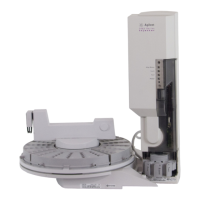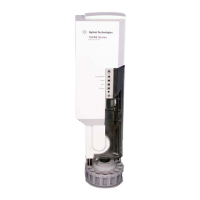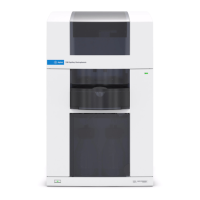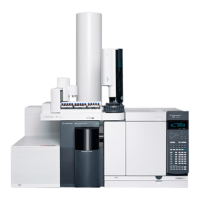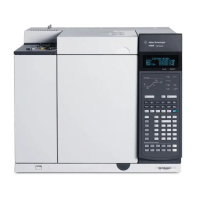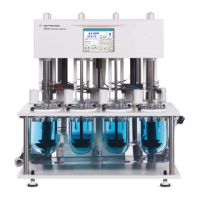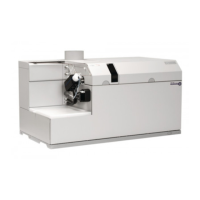Glossary
189
sequence: a set of instructions that defines how a piece of equipment, for
example an integrator, performs more than one automated run. These
instructions usually include the automatic liquid sampler parameters,
instrument equilibration time, method name, and a sample information table.
Note that sequences can be recursive, that is, one sequence can contain
another sequence.
solute: the components present within a given sample.
solvent: usually, the main component of a sample mix.
split injection: an injection technique which allows only a portion of the
sample to be routed into the column. The rest of the sample is vented. This
technique compensates for the low tolerance which high resolution capillary
columns have for concentrated samples.
splitless injection: an injection technique which directs all of the sample
onto the column after it has vaporized in the injection port.
standalone: the controlling method associated with using the injector’s own
electronics to set the run parameters and operate the automatic liquid sampler.
system: an aggregate of hardware and software organized to perform a
function or functions.
tailing: a chromatographic peak which is skewed. Usually due to active sites
in the column or the chromatographic system.
variability: used to describe a chromatogram with retention times and peak
areas that are not reproducible.
vial: the 2 ml or 100 µl bottles used for holding samples. See bottle.
viscosity: a flow characteristic of a liquid that may influence the
reproducibility of the injection volume.
